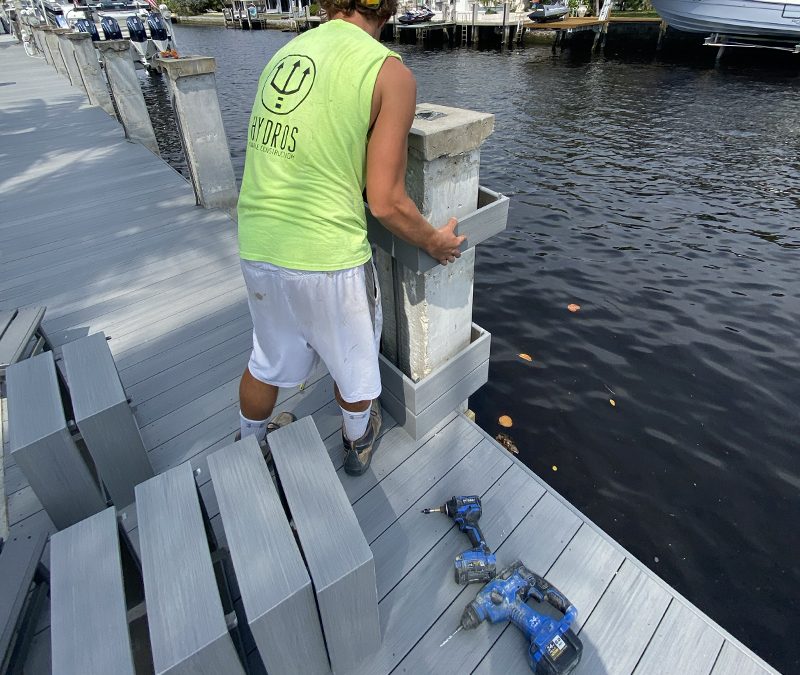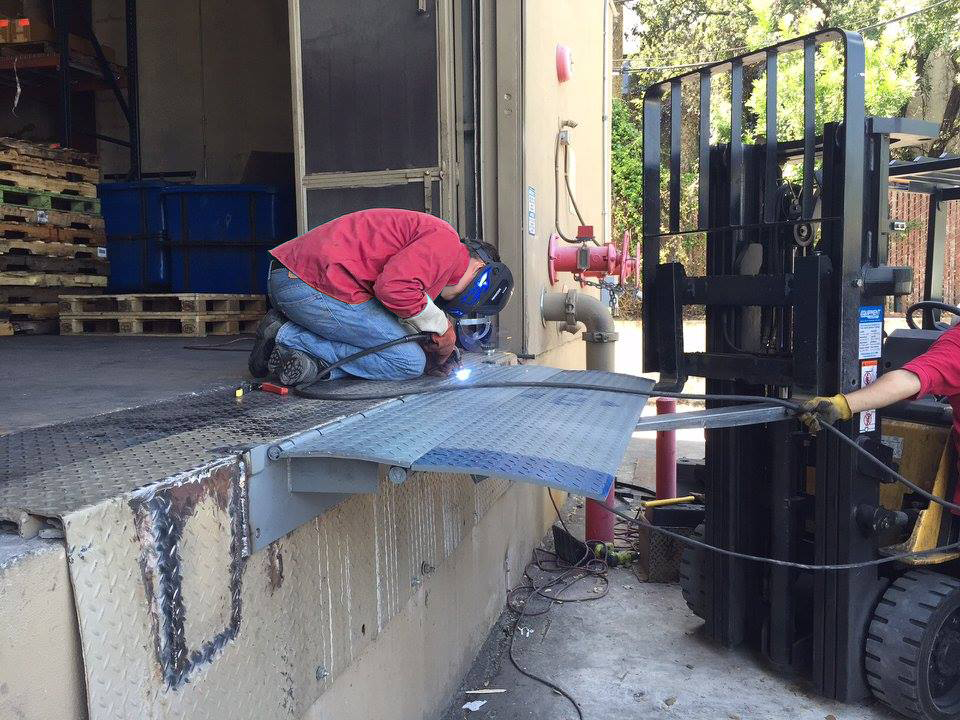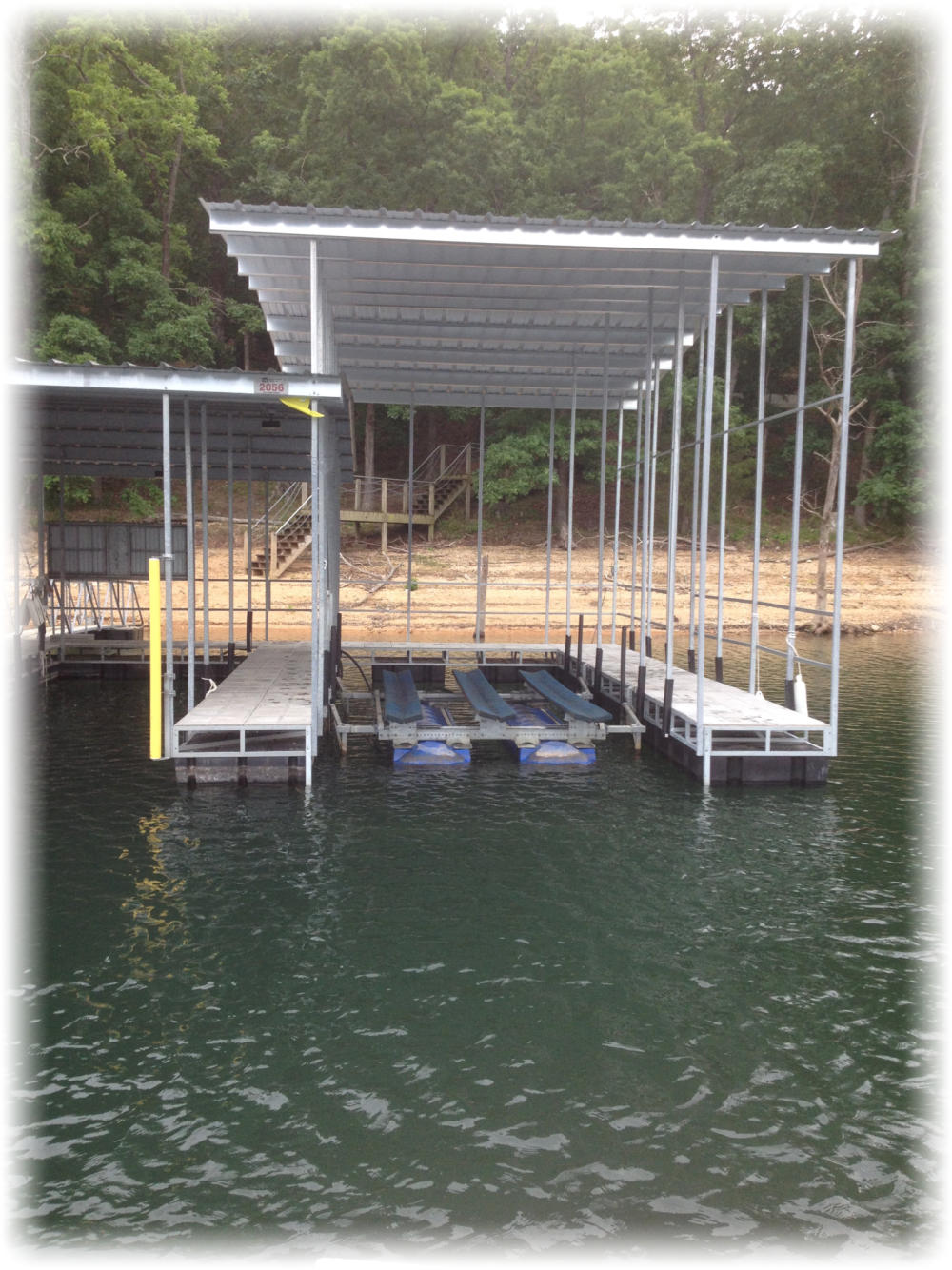Efficient Dock Repair Techniques: Making Sure Structural Integrity
Ensuring the structural integrity of anchors through efficient repair service strategies is extremely important for the long life and safety of marine centers. This involves a multi-faceted strategy beginning with detailed evaluations utilizing sophisticated technologies like finder devices and remotely ran lorries (ROVs) to detect both noticeable and hid damages. Subsequently, picking the best fixing materials, such as corrosion-resistant alloys and composite materials, is critical for durability. Architectural reinforcement methods, consisting of the application of cross-bracing systems and load-distribution plates, play an important function in mitigating stress points. Nonetheless, the significance of these strategies becomes obvious when discovering sophisticated fixing approaches and preventative upkeep techniques.
Analyzing Dock Damage
Evaluating dock damages is a crucial initial action in making certain the architectural stability and security of any type of docking facility. Key facets to analyze include the dock's structure, pilings, decking, and hardware (Dock Repairs).
Architectural designers or certified examiners normally do these assessments making use of specialized techniques and devices. For instance, undersea inspections could employ sonar devices or remotely operated cars (ROVs) to spot submerged damages. Above water, visual assessments are complemented by using moisture meters and other analysis devices to reveal underlying issues not immediately noticeable to the nude eye.

Finding Repair Work Materials
Selecting the appropriate fixing materials is a pivotal action in the dock reconstruction process, one that directly influences the longevity and performance of the repaired structure. Material choice must be driven by elements such as ecological problems, load-bearing needs, and compatibility with existing dock components. Wood is a typical selection for docks due to its natural resilience and aesthetic charm. Nevertheless, picking the ideal sort of wood, such as pressure-treated lumber or naturally rot-resistant types like cedar or teak wood, is essential to endure aquatic atmospheres.
In addition to wood, composite products are progressively preferred because of their longevity and low upkeep needs. Compounds, normally made from a mix of plastic and timber fibers, offer excellent resistance to rot, insects, and UV damage. For metal docks, selecting corrosion-resistant alloys such as galvanized steel or marine-grade aluminum is crucial to stop corrosion and guarantee architectural stability in saline water problems.
Epoxy materials and marine-grade sealers are indispensable for repairing cracks and securing joints, offering a water resistant obstacle and improving the dock's general toughness. By thoroughly picking high-grade materials, dock repairs can accomplish long-lasting outcomes, thus protecting versus future destruction and making sure secure, trustworthy usage.
Architectural Reinforcement Methods
Effective architectural reinforcement methods are critical in ensuring the security and longevity of dock repair work. This method is especially efficient for docks exposed to heavy loads or rough environmental conditions.
One more vital technique is the application of fiber-reinforced polymers (FRP) These products provide high strength-to-weight ratios and outstanding resistance to rust, making them optimal for reinforcing concrete or wood docks. FRP can be applied in strips or sheets and adhered with epoxy resins to boost architectural integrity.
Bracing and anchoring systems additionally play an important role in architectural support. Cross-bracing, using metal or wood light beams, can neutralize lateral pressures, reducing guiding and activity. Anchoring systems, such as helical piers or driven piles, supply a steady foundation by transferring loads to deeper, much more secure dirt layers.
Finally, the assimilation of load-distribution plates can help distribute weight much more evenly throughout the dock's surface, minimizing local stress and anxiety factors. These techniques collectively make certain that docks continue to be risk-free and robust, capable of withstanding the rigors of their functional environment.
Advanced Fixing Approaches

Another advanced strategy involves underwater welding, which enables repairs to be conducted without the demand to dewater the area. This method is particularly helpful for attending to architectural concerns in submerged dock parts, ensuring minimal disruption to operations. Enhanced welding strategies, combined with robotic systems, deliver accuracy and integrity, thus extending the life-span of the dock.
In addition, cathodic security systems are implemented to stop corrosion in metal dock structures. By utilizing sacrificial anodes or pleased current systems, these techniques efficiently minimize the electrochemical processes that result in material damage.
Last but not least, advanced surveillance modern technologies, such as architectural health and wellness tracking (SHM) systems, give real-time data on the condition of dock frameworks. These systems enable aggressive maintenance and timely treatments, ultimately making certain the lasting structural integrity of try this out the dock.
Maintenance and Prevention
Maintenance and avoidance are essential concepts i thought about this that underpin the longevity and safety and security of dock frameworks. Routine evaluations are vital, enabling very early discovery of wear and tear, possible weak points, and environmental effects. An aggressive method, involving routine checks for rust, rot, and architectural shifts, reduces pricey repair work and prolongs the dock's operational life.
Safety nets must include using safety finishings to steel elements to defend against corrosion and using treated timber to withstand degeneration. In addition, ensuring appropriate water drainage and air flow can protect against water accumulation, which is a common source of structural degradation. Incorporating top quality materials and adhering to supplier guidelines during building and construction and repair service stages additionally play vital functions in enhancing longevity.

Educating employees in dock upkeep finest techniques guarantees constant application of safety nets. Leveraging technical breakthroughs, such as drones for assessments and sensors for real-time monitoring, can additionally enhance maintenance initiatives. By focusing on upkeep and avoidance, dock proprietors can make sure structural stability, operational safety, and cost-effective administration over the dock's life-span.
Conclusion
Finally, keeping the architectural stability of marine facilities necessitates comprehensive dock fixing techniques. Comprehensive examinations utilizing sophisticated devices uncover both noticeable and hid problems, while the selection of proper repair work materials boosts resilience. Carrying out architectural reinforcement methods addresses stress factors effectively. Advanced repair check my source methods, combined with routine upkeep techniques, make certain the dock continues to be secure and operational under varied ecological problems. Adopting these techniques significantly prolongs the life-span and performance of aquatic infrastructure.
Guaranteeing the structural honesty of anchors with efficient repair service strategies is critical for the long life and safety of marine facilities.Choosing the suitable fixing materials is an essential action in the dock reconstruction procedure, one that directly affects the durability and efficiency of the fixed structure.Efficient structural reinforcement methods are vital in making sure the security and longevity of dock repair work. By prioritizing upkeep and prevention, dock owners can ensure structural honesty, operational security, and economical management over the dock's life expectancy.
In conclusion, preserving the structural integrity of marine facilities demands detailed dock repair service strategies.